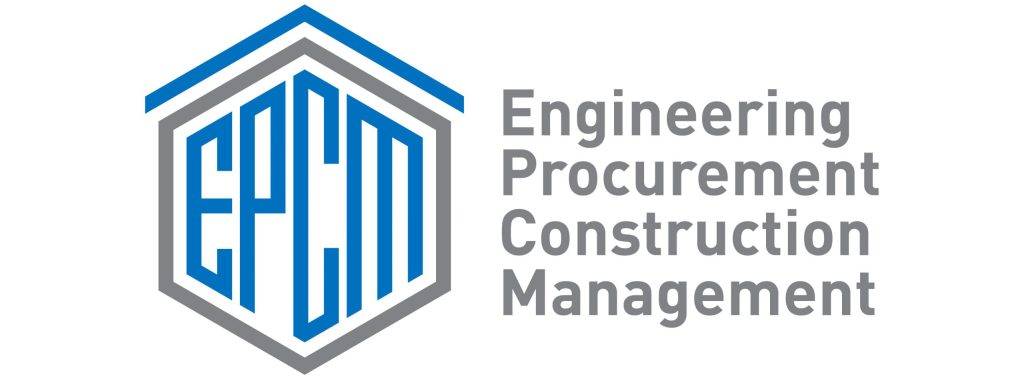The Canadian oil sands are undergoing a technological revolution, and automated EPC (Engineering, Procurement, and Construction) is at the forefront. As labor shortages, harsh weather, and tight project deadlines challenge traditional construction methods, robotics and automation are emerging as game-changers—reducing costs, improving safety, and accelerating project delivery.
For EPC firms in Alberta, embracing automation isn’t just about innovation—it’s becoming essential for survival and growth. From drone surveying in Alberta to robotic welding and AI-driven project management, automation is transforming how oil sands projects are designed, managed, and executed. In this article, we explore how robotics are reshaping EPC in the oil sands and the key technologies driving this transformation.
Automation is particularly powerful in the oil sands, where harsh climates, skilled labor shortages, and strict timelines pose ongoing challenges. With extreme cold and remote locations delaying traditional construction, and regulatory or investor pressure requiring faster delivery, many EPC firms are turning to robotics. Automation reduces risk by removing humans from dangerous tasks like high-altitude welding, while drones map project sites five times faster than traditional crews. The result: fewer delays, lower costs, and better ROI.
Several robotics technologies are driving this change. Drone surveying and LiDAR mapping are revolutionizing land assessments by enabling rapid, high-resolution surveys that also flag safety hazards before work begins. In the construction phase, autonomous heavy machinery—including self-driving bulldozers, excavators, and haul trucks—can work around the clock, even in extreme weather, while AI-powered routing cuts down fuel use and improves safety with collision-avoidance systems.
Robotic welding and fabrication are also key to the speed and precision of automated EPC. Automated arms deliver consistent, high-quality welds in modular plant settings, completing tasks up to three times faster than human welders and reducing defects by as much as 90%. On the project management side, AI tools are helping EPC teams forecast supply chain issues, model optimal construction sequences, and flag safety risks based on historical data—turning reactive decision-making into proactive planning.
Looking ahead, the EPC landscape in Canada is shifting toward even more advanced solutions. Trends include “lights-out” construction, where robotic systems operate independently through night shifts, 3D printing of pipeline components in remote locations, and robot-assisted inspections where AI drones detect corrosion or structural flaws in hard-to-reach areas. For EPC firms in Calgary and beyond, staying competitive means investing in workforce training, partnering with cutting-edge technology providers, and building hybrid human-robot teams that maximize efficiency.
For energy operators across Canada, the question is no longer if automation will be adopted, but how quickly. The next steps are clear: audit existing workflows to find automation opportunities, partner with EPC firms that specialize in robotic implementation, and pilot small-scale automation before scaling across entire projects.
Interested in what automation can do for your next oil sands project? Contact us today to explore tailored EPC strategies that reduce timelines and increase project ROI. Don’t forget to follow us on LinkedIn for the latest updates on robotics, automation, and EPC innovation in Canada.

